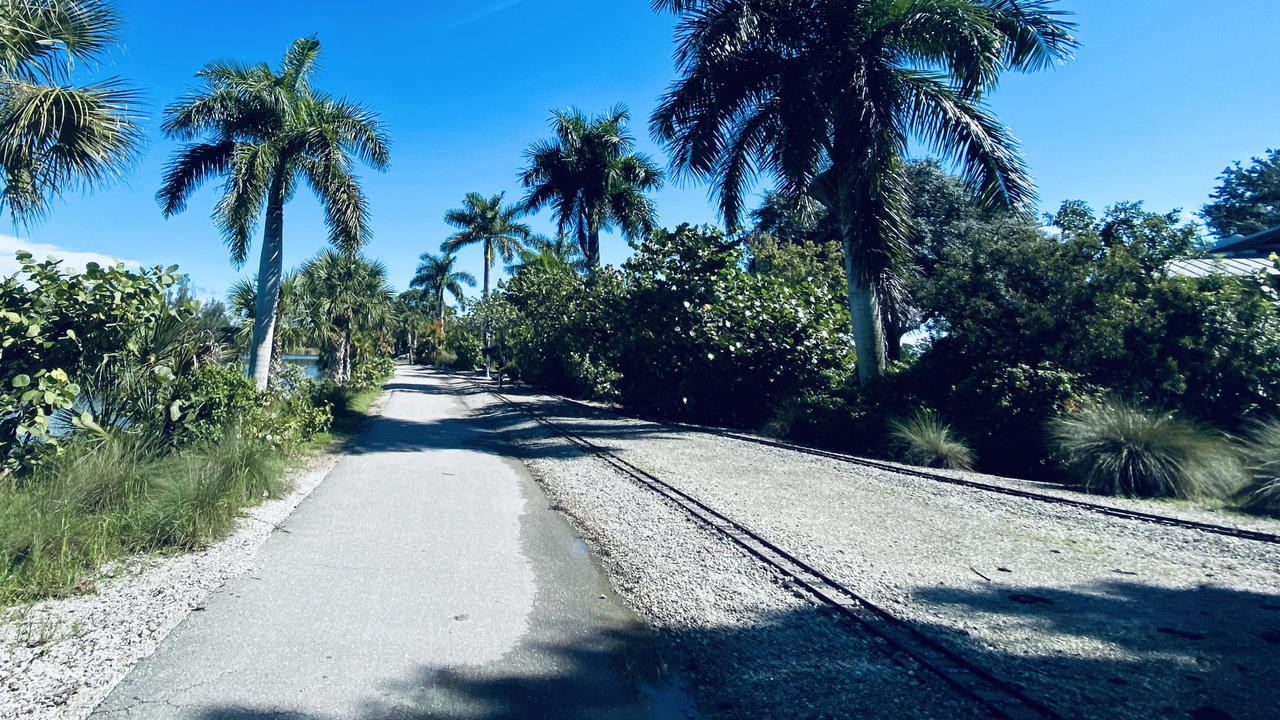Get In Shape for Winter Now

In the Southwest Florida area? Enjoy a workout in Lakes Park, Fort Myers - miles of trails, and there are workout areas scattered throughout the park!
It may seem impossible to fathom the idea of snow skiing while the sun is shining and you’re still going to the beach but fall is just around the corner and anyone planning holiday ski trips has less than 10 weeks to get sport specific fit.
Let’s be honest, while snow sports can be a lot of fun, many people arrive at the ski lift unprepared, unfit and leave the mountain stiff, sore and sometimes injured.
First, let’s acknowledge that a lot of people have desk-bound jobs that don’t exactly “prep” them for the intensity of skiing or snowboarding, and while they may do exercise, it’s usually not specific enough to allow them to cope with the specific positions and forces that occur during snow sports.
For example, with skiing, you spend most of your day bent like a zigzag.
You’re in a sustained bend at the hip and knee joints with two big planks (skis) on your feet that put enormous rotation through your lower limb joints even before your crash.
It’s not easy, and if we haven’t prepared our bodies in advance, they will complain.
The first and most common pain is Delayed Onset Muscle Soreness (DOMS), which we know is pain caused by micro trauma to our muscle fibers.
It’s a normal process and is needed for muscles to strengthen.
However, too often it occurs at a high intensity after skiing or snowboarding and can prevent you from staying active the remainder of your vacation.
It is typically felt in the thigh muscles, gluteal muscles and lower back.
While it is not debilitating, it is unnecessary and can be prevented by conditioning these muscles with exercise prior to your trip so that you can focus on how much fun you’re having and not how sore your legs are.
Next is muscle strain, which is a severe case of DOMS where the muscle cannot cope with the load and the small micro trauma or tears when experienced with DOMS is significantly amplified and results in a larger tear.
The result is pain and sometimes weakness whenever that muscle is contracted or stretched.
Third and most significant are ligament sprains.
Knee injuries account for 30-40% of all skiing injuries.
The body position, speed and change in direction make the knee vulnerable to damage. Ligaments connect bone to bone and help provide stability to a joint.
In the case of the knee, it’s the MCL and ACL ligaments that are most commonly damaged.
This means pain, weakness and instability depending on the amount of damage (partial or full tear).
ACL injuries can put you out of action for up to nine months and can require surgery to achieve a full recovery.
The following are a few exercises designed to:
- Improve mobility in the hip and knee joints and the muscles that cross them
- Improve strength of the muscles and train movement patterns used during skiing and snowboarding.
They are:
- Single leg squat.
- Deadlift and single leg deadlift.
- Crab walks and towel slides.
- Squat jumps and side lunges
If you enjoyed this blog post, you'll really enjoy our 14 DAY MINDSET CHALLENGE which is part of our Monthly Membership program helping & supporting you toward living your best life!
Our Geared Up theme for you is "Health, Wellness & Fitness in a Multi-Sport Lifestyle". Find out all of the ways we can support you through our Membership programs here.
Let's go on this journey together and change your life as always, “Practice with Purpose and Live with Passion!”
Angie

